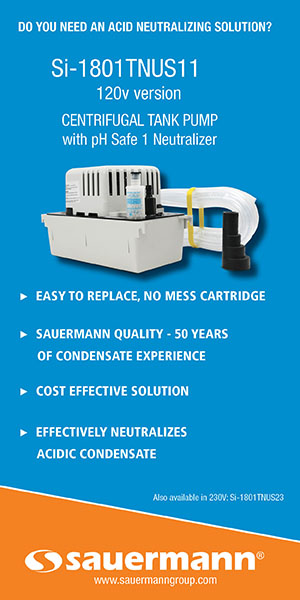Consumers often try to buy NSI 6000 low-level CO (Carbon Monoxide) monitors directly from National Comfort Institute (NCI). However, we have a steadfast rule that these monitors are only available through professional resellers.
There’s no doubt we could sell more product if we marketed and sold directly to consumers. But there are some very important reasons why, for more than 20 years, NCI only sells CO monitors through trained professionals.
Monitor Versus Alarm
First, it’s important to understand the difference between a low-level CO monitor and a CO alarm that you can purchase at any retail outlet.
A UL-Listed CO alarm does not sound until unsafe levels of 70+ ppm (parts per million) are present for up to 3 ½ hours. By then most people already have been exposed enough to feel the effects of CO poisoning.
What’s even worse is if the level drops below 70 ppm the alarm will reset for up to another 3 ½ hours! That means your customers could be living in 69-70 ppm without ever getting an alarm.
At 70 ppm they may start to feel lightheaded, nausea, or even have convulsions. The symptoms are worse in young children and the elderly. Any space should be evacuated at ambient CO levels of 70 ppm or higher.

Professionals Do It Right!
The NSI 6000 begins reading 5 ppm after 30 seconds. The first audible alert is at 15 ppm after five minutes of exposure to CO. While it may not be cause to evacuate, the home or building should be tested by an NCI-certified technician.
These techs are trained with the correct equipment to safely diagnose and pinpoint the source of CO. They then work to correct the issue so the combustion appliance(s) can run safely.
Customer education is the key to being that first line of defense against CO poisoning and the first phone call the homeowner makes.
When a certified technician installs an NSI 6000, he or she explains what makes it different from a store-bought alarm. Then they explain how customers should respond at each level of CO in the home, if the situation does arise.
MOST First Responders Aren’t Trained in Low-Level CO
If the NCI team sells CO monitors direct to consumers, it would be difficult to teach them the difference between low-level monitors and standard alarms. If they didn’t have a local professional to call, they would likely contact emergency services. Most first responders would have no idea what to do, and chalk it up to a false alarm.
In addition, certified professionals know where to place the low-level monitor, in which room — and in the correct location.
They also spend the time to educate their customer on how it works and what to do at the different alert levels.
For these reasons, NCI will continue to only sell through trained professionals. More information on the NSI 6000 is available at nationalsafetyinstruments.com. If you’d like to learn more about NCI’s reseller program, click here.













Recent Comments